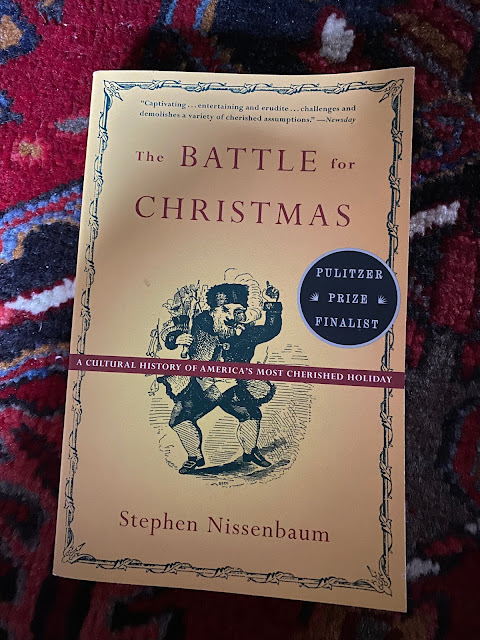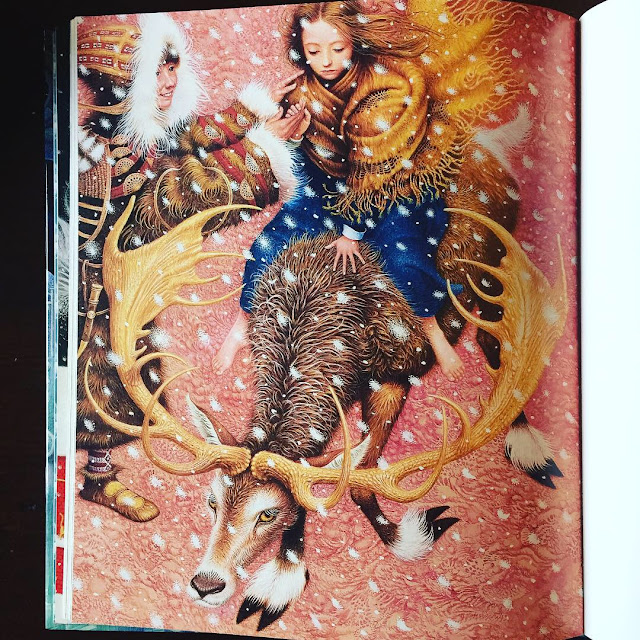I think I've mentioned, here at SleuthSayers, the fact that I've been submitting almost as many short stories to anthologies as I have to magazines these past couple of years. (Reminder: a collection is a group of stories written by the same author; an anthology is a group of stories written be different authors.) And the more stories I've sent to anthologies, the more I have come to appreciate the knowledge and professionalism of the folks who edit those books. I've done it myself only once, fifteen years ago. I had a great time with it, met some fine writers, made long-lasting friends in the process, and--I hope--produced a good anthology. But I haven't done it since. It's hard work, a lot harder than writing.
As sort of a nod and vote of thanks to those editors, here's a list I put together of some of the recent anthologies I've been published in and the people who steered those ships.
NOTE 1: All these are within the past couple of years, except for those edited by folks with whom I've worked several times--in those cases I've listed multiple projects from the past.
NOTE 2: I've shortened some of the anthology titles, when possible (apologies to those editors). But the list is long enough as it is.
Editor Anthology
Josh Pachter Only the Good Die Young (Untreed Reads, 2021)
The Great Filling Station Holdup (Down & Out Books, 2021)
The Beat of Black Wings (Untreed Reads, 2020)
Cameron Trost The Black Beacon Book of Mystery (Black Beacon Books, 2020)
Abigail Linhardt Winter's Vindication (SummerStorm Press, 2021)
Eric Guignard Professor Charlatan Bardot's Travel Anthology (Dark Moon Books, 2021)
Pop the Clutch (Dark Moon Books, 2019)
Horror Library, Vol. 6 (Farolight Publishing, 2017)
After Death (Dark Moon Books, 2013)
Donna Carrick A Grave Diagnosis (Carrick Publishing, 2020)
Lyn Worthen Cozy Villages of Death (Independently published, 2020)
Michael Bracken Jukes and Tonks (with Gary Phillips, Down & Out Books, 2020)
The Eyes of Texas (Down & Out Books, 2019)
Otto Penzler Best Mystery Stories of the Year 2021 (with Lee Child, Mysterious Press, 2021)
Best American Mystery Stories 2020 (with C. J. Box, HMH, 2020)
Best American Mystery Stories 2018 (with Louise Penny, HMH, 2018)
Best American Mystery Stories 2015 (with James Patterson, HMH, 2015)
Verena Rose/Harriette Sackler/Shawn Reilly Simmons Masthead (Level Best Books, 2020)
Landfall (Level Best Books, 2018)
Greg Herren Florida Happens (Bouchercon anthology, Three Rooms Press, 2018)
Blood on the Bayou (Boucheron anthology, Down & Out Books, 2016)
Rick Ollerman Denim, Diamonds, and Death (Bouchercon anthology, Down & Out Books, 2019)
J. K. Larkin Pets on the Prowl (Red Penguin Books, 2021)
Stand Out II: Best of the Red Penguin Collection (Red Penguin Books, 2021)
Behind Closed Doors (Red Penguin Books, 2021)
Heart Full of Love (Red Penguin Books, 2021)
What Lies Beyond (Red Penguin Books, 2020)
'Tis the Season (Red Penguin Books, 2020)
A Trip for the Books (Red Penguin Books, 2020)
Judy Tucker/Lottie Boggan Mad Dogs and Moonshine (Queen's Hill Press, 2008)
Fireflies in Fruit Jars (Queen's Hill Press, 2007)
Sandra Murphy Peace, Love, & Crime (Untreed Reads, 2020)
A Murder of Crows (Darkhouse Books, 2019)
Philip Levin Rocking Chairs and Afternoon Tales (Doctor's Dream Publishing, 2012)
Magnolia Blossoms and Afternoon Tales (AWOC Publishing, 2010)
Sweet Tea and Afternoon Tales (AWOC Publishing, 2009)
Barb Goffman Crime Travel (Wildside Press, 2019)
Andrew MacRae Mid-Century Murder (Darkhouse Books, 2020)
Sancuary (Darkhouse Books, 2018)
We've Been Trumped (Darkhouse Books, 2016)
Johnny Lowe What Would Elvis Think? (Clinton Ink-Slingers, 2019)
Theresa Halverson/Sarah Faxon Released (No Bad Books Press, 2021)
Judy Penz Sheluk Moonlight & Misadventure (Superior Shores Press, 2021)
Heartbreaks & Half-Truths (Superior Shores Press, 2020)
Jake Devlin BOULD Awards Anthology (Independently published, 2021)
BOULD Awards Anthology (Independently published, 2020)
Patricia Gaddis/Alexandra Pollock Mini-Mysteries Digest (Heinrich-Bauer, 2021)
John Connor Crimeucopia: The Cosy Nostra (Murderous Ink Press, 2021)
Crimeucopia: Dead Man's Hand (Murderous Ink Press, 2021)
Crimeucopia: As in Funny Ha-Ha (Murderous Ink Press, 2021)
Crimeucopia: The I's Have It (Murderous Ink Press, 2021)
Tony Burton Ten for Ten (Wolfmont Publishing, 2008)
Crime and Suspense I (Wolfmont Publishing, 2007)
The Seven Deadly Sins (Wolfmont Publishing, 2007)
Owen Litwin The Odds Are Against Us (Liberty Island Media, 2019)
Sarah E. Glen Mardi Gras Mysteries (Mystery and Horror LLC, 2021)
Some of the above editors (Barb, Michael, Rick, Lyn, Judy Tucker, etc.) have also edited magazines and other projects that contained my creations, and I've found these folks to be just as able and helpful at that as they were with the anthologies. A good editor is a godsend in this crazy business, and I thank them all sincerely.
Questions: Have any of you worked with the editors I've mentioned? Do you have stories in any of their upcoming anthologies? How about other editors, and if so, what were your experiences? Have you edited anthologies yourself? Also, what are some of the more "different" anthologies, themewise, to have featured your work? Please let me know in the comments section below. (If you're interested, here's an earlier SleuthSayers post that discusses themed anthos.)
Meanwhile, keep writing those stories--for anthologies, magazines, collections, and whatever other markets you might find. Good luck with them all!


































